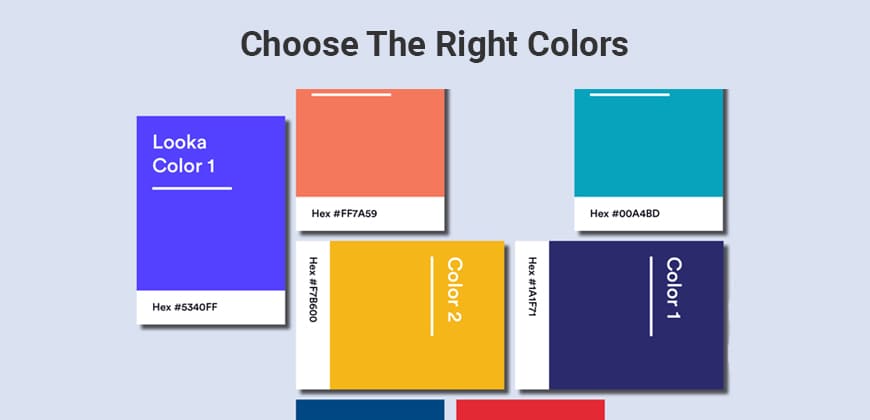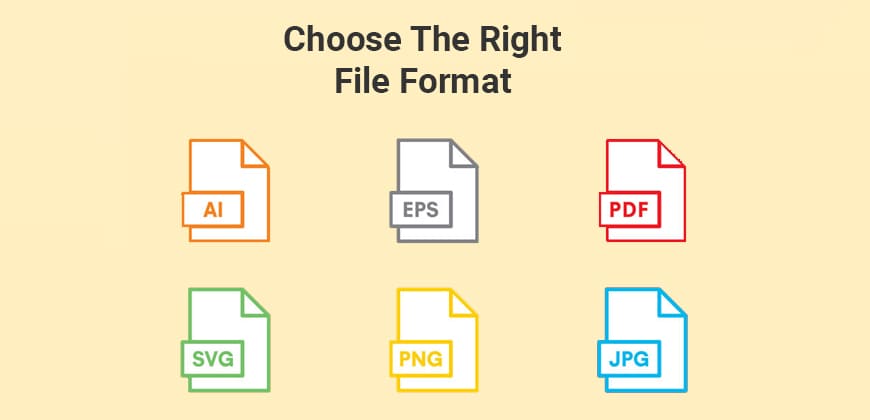
A logo is a visual representation of a company, brand, or product. It is often the first thing that people see when they come into contact with a business. A making a good logo should be memorable, easily recognizable, and convey the message and personality of the brand it represents. In this blog post, we’ll share some tips for making a good logo that will help your brand stand out from the crowd.
Contents
- 1 Tips for Making a Good Logo
- 1.0.1 Tip 1: Keep It Simple
- 1.0.2 Tip 2: Make It Timeless
- 1.0.3 Tip 3: Choose the Right Colors
- 1.0.4 Tip 4: Consider the Typeface
- 1.0.5 Tip 5: Make It Versatile
- 1.0.6 Tip 6: Understand Your Brand
- 1.0.7 Tip 7: Sketch Your Ideas First
- 1.0.8 Tip 8: Keep It Unique
- 1.0.9 Tip 9: Get Feedback
- 1.0.10 Tip 10: Don’t Rush It
- 1.0.11 Tip 11: Use Negative Space
- 1.0.12 Tip 12: Consider Scalability
- 1.0.13 Tip 13: Make It Relevant
- 1.0.14 Tip 14: Choose the Right File Format
- 1.0.15 Tip 15: Be Consistent
- 1.1 Conclusion
Tips for Making a Good Logo
Tip 1: Keep It Simple
The best making a good logos are often the simplest ones. They are easy to recognize and remember. Simple making a good logos is also more versatile, making them easier to use across different mediums and platforms. A good logo should be easily identifiable, even when it is scaled down or printed in black and white.
Tip 2: Make It Timeless
A making a good logo should stand the test of time. It should not look outdated or out of fashion in a few years. A timeless logo is not too trendy or too reliant on current design trends. Instead, it should be based on timeless design principles and have a classic look that will remain relevant for years to come.
Tip 3: Choose the Right Colors
Colour is an important part of any logo. The right colours can help convey the right message and evoke the right emotions. When choosing colours for your making a good logo, consider the meaning and symbolism of different colours. For example, blue is often associated with trust and professionalism, while green is associated with growth and sustainability.
Tip 4: Consider the Typeface
The typeface you choose for your logo is just as important as the design itself. The right typeface can help convey the right message and personality of your brand. It should also be easily readable and legible, even when the logo is scaled down or printed in small sizes.
Tip 5: Make It Versatile
A making good logo should be versatile enough to be used across different mediums and platforms. It should look good when printed in different sizes and different colours. It should also be easy to recognize when used in different contexts, such as on a website or social media.
Tip 6: Understand Your Brand
Before you start designing your logo, it’s important to understand your brand and what it stands for. Your logo should be a reflection of your brand’s values, personality, and mission. Consider what your brand represents and what sets it apart from competitors. This will help you create a logo that truly represents your brand.
Tip 7: Sketch Your Ideas First
Before you start designing your logo digitally, it’s a good idea to sketch out your ideas on paper first. This allows you to experiment with different shapes, colours, and typography without committing to anything too soon. Once you have some solid ideas, you can then move on to creating your logo digitally.
Tip 8: Keep It Unique
A good logo should be unique and distinguishable from other logos in your industry. Avoid using cliché symbols or overused design elements. Instead, think outside the box and come up with a logo that is truly original and memorable.
Tip 9: Get Feedback
Once you have created a few logo concepts, it’s a good idea to get feedback from others. Ask friends, family, or colleagues for their thoughts on your designs. You can also consider hiring a professional designer or conducting a survey to get more feedback from your target audience. This will help you refine your logo and ensure that it resonates with your audience.
Tip 10: Don’t Rush It
Finally, it’s important to remember that creating a making a good logo takes time and patience. Don’t rush the process or settle for a design that you’re not happy with. Take the time to explore different ideas and experiment with different design elements. Your logo is a key part of your brand identity, so it’s important to get it right.
Tip 11: Use Negative Space
Negative space is the area around and between the main elements of a logo. Using negative space creatively can create a memorable and effective logo. Think of the FedEx logo, which uses negative space to create an arrow between the “E” and the “x”. This not only makes the logo memorable but also reinforces the brand’s message of speed and efficiency.
Tip 12: Consider Scalability
Your logo should look good and be recognizable at any size. This means that it should be scalable and not lose its impact when resized. When designing your logo, test it out at different sizes to ensure that it still looks good and is easily recognizable.
Tip 13: Make It Relevant
Your logo should be relevant to your business or industry. It should also be appropriate for your target audience. Consider the demographics of your audience and what they would expect from a logo in your industry. This will help you create a logo that resonates with your audience and accurately represents your business.
Tip 14: Choose the Right File Format
Once you have created your logo, it’s important to choose the right file format for different applications. For print materials, you will likely need a vector file format such as EPS or AI. For digital materials, you may need a PNG or JPEG file format. Make sure you have the right file formats for different applications to ensure that your logo looks its best.
Tip 15: Be Consistent
Finally, it’s important to be consistent with your logo usage. Use the same logo across all your marketing materials, website, and social media profiles. This helps to reinforce your brand identity and make your brand more memorable.
Check this: Seo Audit by TemplateTrip
Conclusion
In conclusion, creating a making a good logo requires careful consideration of design principles, colour, typography, brand values, and scalability. By following these tips, you can create a logo that truly represents your brand and resonates with your target audience. Remember to be creative, unique, and relevant to your business. With patience and creativity, you can create a logo that will help your brand stand out from the crowd and make a lasting impression on your audience.






